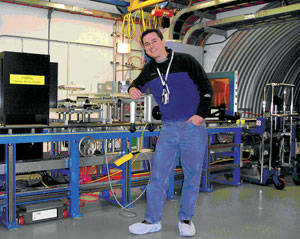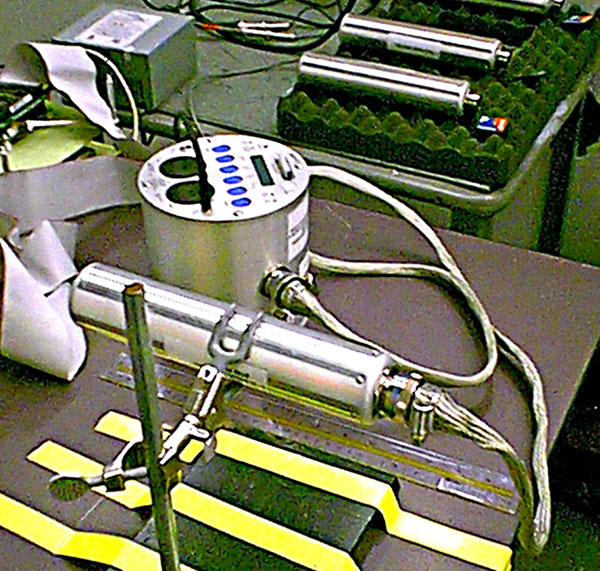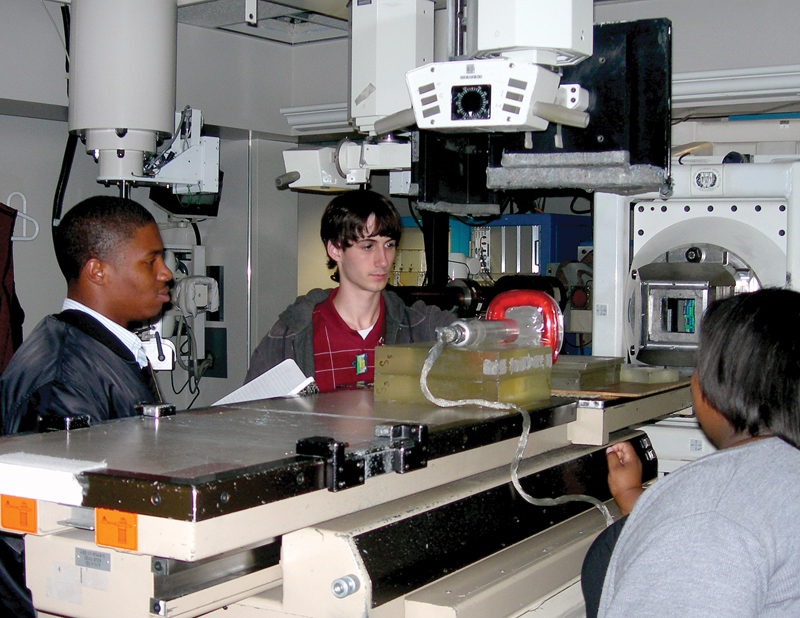CRESSE Center leading way in research to protect NASA astronauts, flight instruments in deep space
Prairie View A&M University (PVAMU) researchers are on a NASA quest to find new ways to keep future astronauts and their flight instruments safe from the harmful radiation of deep space while on journeys to the moon and the planets that can last for up to three years.

The Center for Radiation Engineering and Science for Space Exploration (CRESSE) is led by some of the nation’s top scientists in fields associated with radiation research, instrumentation, environmental modeling, materials research and electronic components.
The team consists of six key personnel, who have brought more than $13.5 million in research and education funding to PVAMU in the past five years. They will use a scientifically accurate “recipe” of earthly materials to simulate Martian and lunar soil in order to build above ground and underground “habitats.” These structures will then be bombarded with radiation particles that mimic surface and subterranean exposures found on Mars and the moon. Potentially deadly radiation is one of the limiting factors in human space exploration
 The CRESSE Mission is to perform research that is aligned with the strategic plans of NASA and encourage, facilitate and mentor students – especially minority and underrepresented student groups – in research and education in the sciences, mathematics, engineering and technology in order to strengthen NASA and the nation.
The CRESSE Mission is to perform research that is aligned with the strategic plans of NASA and encourage, facilitate and mentor students – especially minority and underrepresented student groups – in research and education in the sciences, mathematics, engineering and technology in order to strengthen NASA and the nation.
CRESSE research emphasizes radiation dosimetry, shielding, radiation testing and radiation degradation mechanism aimed at increasing the Technical Readiness Level (TRL) for emerging technologies.
PVAMU Researchers Add “Moon Mud”
To Lunar Radiation Shielding StudiesBarely two months after NASA intentionally crashed the Lunar Crater Observation and Sensing Satellite (LCROSS) into the moon’s southern polar region and discovered water, the faculty and student researchers at the NASA Center for Radiation Engineering and Science for Space Exploration (CRESSE) at Prairie View A&M University are already investigating how moisture content might alter the radiation shielding properties of various building materials in space. Three students, left, line up a “damp” simulated lunar regolith target – “moon mud” – between a tissue equivalent proportional counter (TEPC) and the business end of the Loma Linda University Medical Center proton accelerator. Jullian Norman, left, and Ijette Foley, right, are graduate researchers while Jordan Fuchs is an undergraduate research assistant. Please see the full story here:

